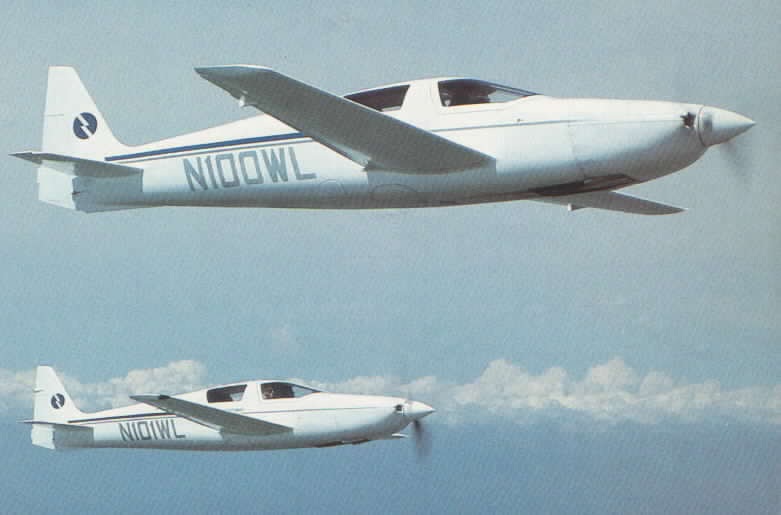yakdriver
Cleared for Takeoff
- Joined
- Aug 29, 2011
- Messages
- 1,200
- Location
- Twin Falls, Idaho
- Display Name
Display name:
yellow peril
My RV7 was very comfortable to fly long distances. I had the Classic Aero interior and 3-4 hour legs were no problem. An Rv might cost more up front but when it is time to sell there are a heck of a lot more willing buyers out there and I think we are seeing the bottom of the market right now. It seems like I always end up selling stuff at the bottom of the market so you better hurry, they are going to go up soon. Don
Don





